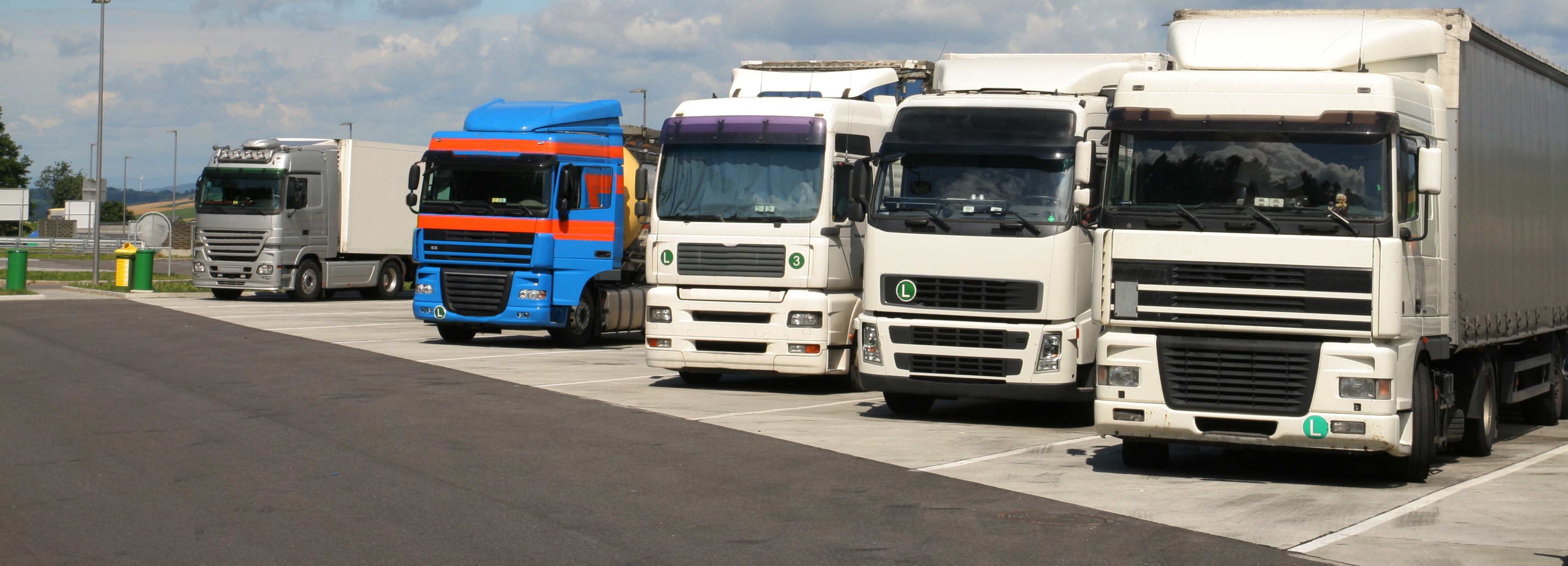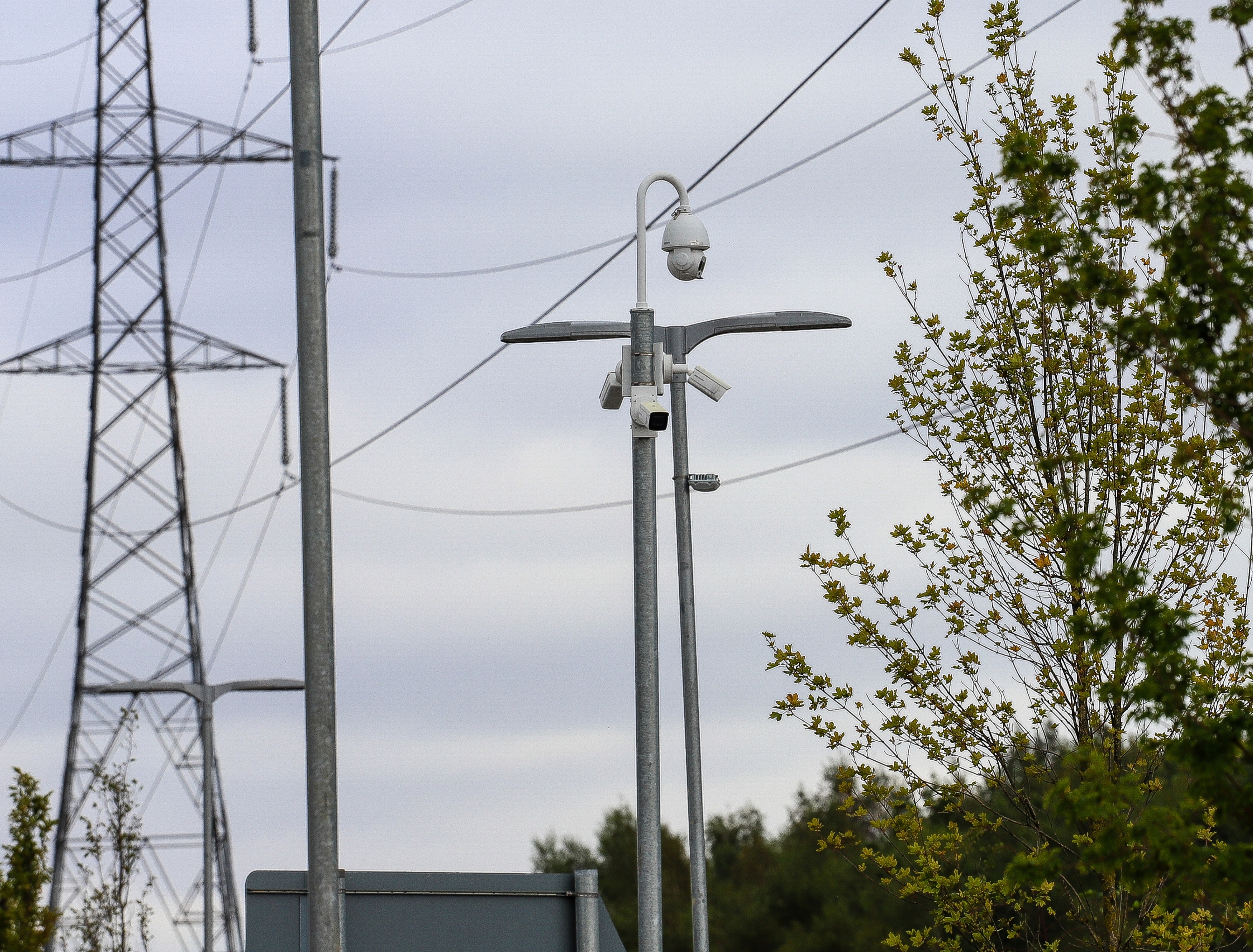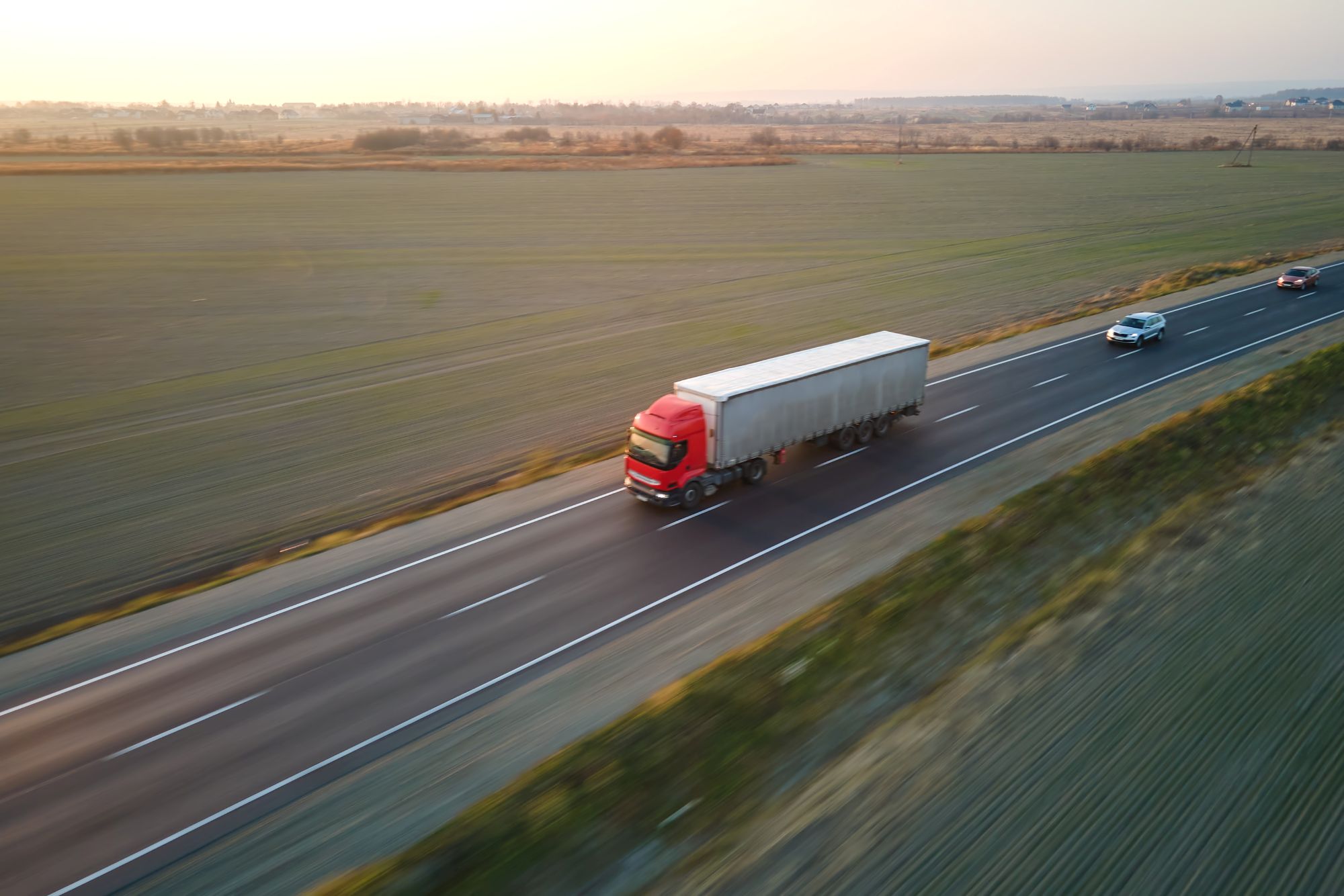
Miranda Blake
Ce înseamnă "parcare securizată pentru camioane"? Șoferii vorbesc
Creat: 09.12.2024
•
Actualizat: 09.12.2024
Una dintre cele mai mari provocări cu care se confruntă șoferii este găsirea unor facilități de parcare sigure. [Un sondaj realizat de organizațiile de supraveghere a industriei] (https://d3cez36w5wymxj.cloudfront.net/wp-content/uploads/2024/11/04184443/Lorry-Driver-Facilities-Survey.pdf) a arătat că mulți consideră că securitatea din stațiile de camioane nu este la un nivel satisfăcător.
Să analizăm diferitele aspecte care contribuie la o parcare sigură pentru camioane din perspectiva șoferilor, explorând măsurile și facilitățile esențiale. Pe lângă acestea, vom analiza mediul general care favorizează sentimentul de protecție.
Rolul parcării camioanelor în logistică
Camionagii trebuie să parcheze pentru a respecta reglementările stricte privind perioadele de odihnă. În plus, aceștia au nevoie de locuri unde se pot odihni, realimenta și reîmprospăta fără [teama de efracție sau vandalism] (https://snapacc.com/newsroom/tips-for-keeping-your-vehicle-secure-protecting-your-truck-from-theft/). Având în vedere că aproximativ 81% din mărfuri sunt transportate pe cale rutieră, cererea de parcări securizate pentru camioane este într-adevăr esențială pentru succesul industriei.
Măsurile inadecvate pot duce la repercusiuni grave, inclusiv furtul de marfă, deteriorarea vehiculelor și probleme de siguranță personală. Acest lucru i-a determinat pe conducătorii auto să își exprime frecvent frustrarea - îi poate descuraja să ia pauze și, în cele din urmă, le poate afecta performanța pe drum.
Măsuri esențiale
Un aspect fundamental al parcării securizate a camioanelor este punerea în aplicare a barierelor fizice. Gardurile perimetrale robuste sunt vitale pentru prevenirea accesului neautorizat. Punctele de intrare și ieșire controlate, cum ar fi porțile care necesită acces prin card sau cod, sunt o necesitate. Astfel de măsuri reduc semnificativ probabilitatea de intruziune și sporesc siguranța generală.
Un iluminat eficient este, de asemenea, imperativ. Zonele bine iluminate descurajează activitatea infracțională și oferă șoferilor un sentiment de protecție și încrederea necesară pentru a naviga în stațiile de camioane, în special pe timp de noapte.
Supravegherea video cuprinzătoare este un alt aspect important. Camerele CCTV ar trebui să acopere întreaga parcare, permițând monitorizarea și înregistrarea constantă a activităților. Mulți camionagii apreciază faptul că vehiculele și încărcătura lor sunt supravegheate 24 de ore din 24, 7 zile din 7, deoarece acest lucru se poate dovedi un factor de descurajare eficient pentru potențialii infractori.
Prezența personalului de securitate instruit adaugă un nivel suplimentar de protecție. Paznicii pot răspunde prompt la incidente, pot acorda asistență și pot menține o prezență vizibilă care sporește sentimentul general de siguranță. Camionagii sunt adesea mai liniștiți știind că există profesioniști la fața locului pentru a rezolva orice probleme care pot apărea.
Existența unor sisteme de comunicare de urgență ușor accesibile este esențială - ar trebui să existe cutii de apel de urgență sau sisteme de interfon, care să permită șoferilor să contacteze rapid serviciile de securitate sau de criză, dacă este necesar. În zonele îndepărtate, unde asistența imediată poate să nu fie disponibilă imediat, această caracteristică este deosebit de importantă.

Caracteristici suplimentare
Toaletele și dușurile curate și bine întreținute sunt, de asemenea, foarte apreciate, în special pe parcursul călătoriilor lungi. Măsurile ar trebui să se extindă la aceste facilități pentru a se asigura că sunt încuiate și supravegheate - acest lucru nu numai că va spori confortul conducătorilor auto, dar va contribui și la sentimentul lor general de siguranță.
Deși nu sunt direct legate de parcarea sigură a camioanelor, facilitățile suplimentare pot spori semnificativ confortul general al unei zone de parcare. Opțiunile de mâncare și băutură, accesul WiFi și racordurile electrice pentru remorcile frigorifice fac ca spațiul să fie mai primitor. Serviciile de întreținere de bază pot fi, de asemenea, benefice, permițând drumarilor să rezolve problemele minore fără a părăsi incinta.
Crearea unui mediu mai bun
O parcare sigură pentru camioane ar trebui, de asemenea, să se ocupe în mod eficient de șoferi. O mare parte dintre aceștia au declarat că se simt subestimați în anumite locații, ceea ce poate avea un impact negativ asupra experienței lor. Cele care tratează șoferii de camioane cu respect și oferă o atmosferă prietenoasă încurajează vizitele repetate și promovează loialitatea.
Investiția în formarea personalului este imperativă pentru îmbunătățirea acestui aspect. Angajații trebuie să înțeleagă nevoile unice ale drumarilor și să știe cum să ofere servicii excelente clienților.
Abordarea preocupărilor șoferilor
Este important de știut că șoferițele, care reprezintă un procent mic din forța de muncă din domeniul transporturilor rutiere, se confruntă adesea cu provocări suplimentare în ceea ce privește siguranța. Multe femei raportează că nu se simt în siguranță în medii predominant masculine, în special atunci când stațiile de camioane nu dispun de măsuri de securitate adecvate - este vital să luați în considerare nevoile lor specifice și să luați măsuri pentru a vă asigura că sunt atât în siguranță, cât și fericite.
Un alt aspect de luat în considerare este faptul că unii camionagii au nevoi dietetice specifice. Prin urmare, oferirea de opțiuni alimentare sănătoase și satisfacerea diferitelor cerințe dietetice le poate îmbunătăți experiența și poate contribui la bunăstarea pozitivă a șoferilor.
Viitorul parcării securizate a camioanelor
Inovații precum sistemele inteligente de supraveghere, controalele automate la intrare și monitorizarea în timp real pot îmbunătăți semnificativ măsurile. Stațiile de camioane care investesc în astfel de soluții au o șansă mai mare de a atrage mai multe flote și șoferi care caută opțiuni sigure.
Abordarea provocărilor din acest domeniu necesită colaborarea între diverse părți interesate, inclusiv agenții guvernamentale, companii de logistică și operatori de parcări. Lucrând împreună, aceste grupuri pot dezvolta strategii cuprinzătoare pentru a îmbunătăți securitatea și întreaga experiență a drumarilor.
Promovarea schimbărilor politice care acordă prioritate nevoilor șoferilor este esențială pentru crearea unor medii mai sigure. Organizațiile industriale și grupurile de advocacy pot juca un rol semnificativ în sensibilizarea opiniei publice cu privire la importanța parcării sigure a camioanelor și în promovarea schimbărilor legislative care sprijină îmbunătățirea infrastructurii.
Găsiți servicii sigure
Aici, la SNAP, acordăm prioritate siguranței șoferilor și ajutăm parcările de camioane să facă acest lucru prin divizia noastră dedicată Accesului și securității. De la camere și software ANPR la terminale de plată la bariere la sisteme de intrare la sisteme de camere CCTV, vom pune în aplicare toate măsurile pentru a proteja cât mai bine drumarii, vehiculele și încărcătura pentru stații de camioane, MSA, depozite de flote și altele.
Puteți afla mai multe despre Acces și securitate SNAP aici sau puteți descoperi alte servicii ale noastre (cum ar fi parcarea și spălarea) pe site-ul SNAP.



